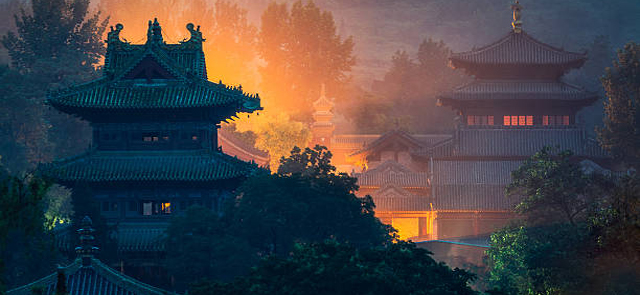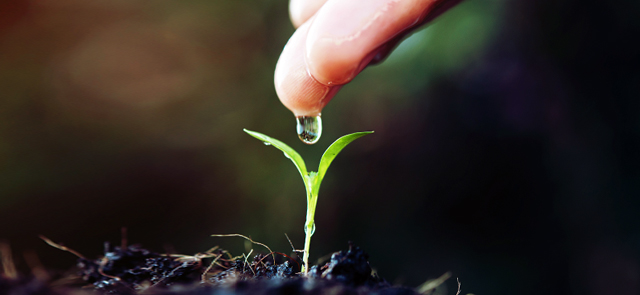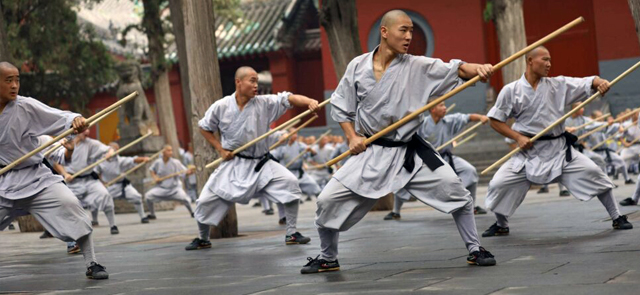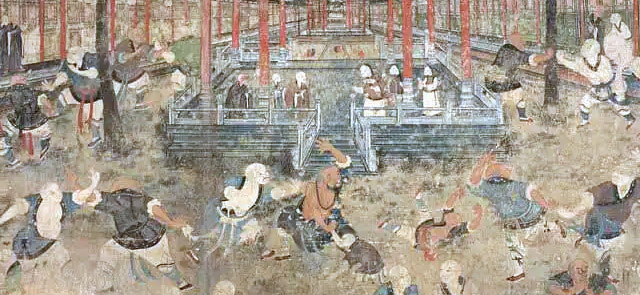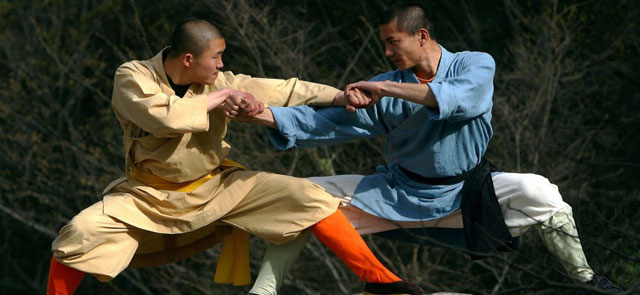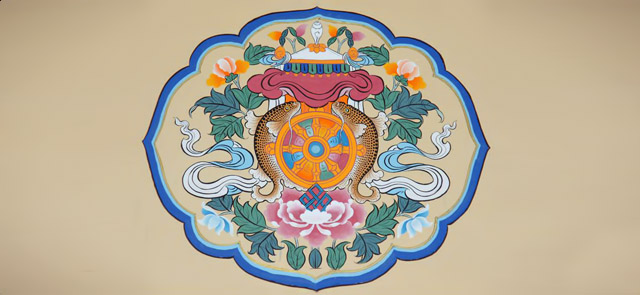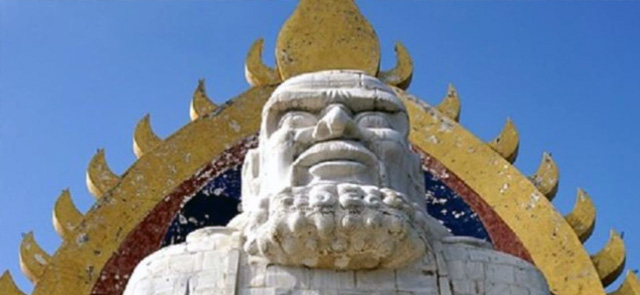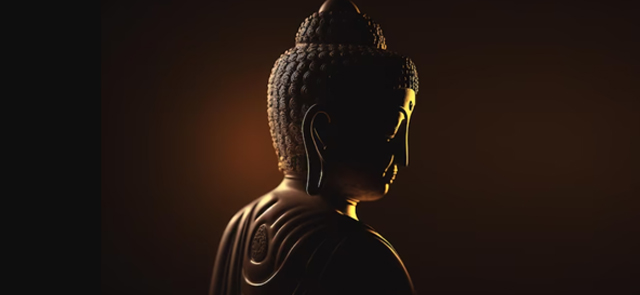The Shaolin culture, rooted in ancient Chinese traditions and renowned for its martial arts prowess, has been an iconic symbol of Chinese heritage for centuries. However, in recent times, the rapid modernization of Shaolin culture has ignited a contentious debate within the martial arts community and beyond. While modernization often brings progress and development, it raises questions about the preservation of tradition. In this article, we will explore the complexities surrounding the modernization of Shaolin culture and argue that this shift may not necessarily be beneficial for its rich and time-honored tradition.
The Origins of Shaolin Culture
The Shaolin Temple, nestled in the heart of China's Henan province, dates back over 1,500 years and is the birthplace of Zen Buddhism and Shaolin Kung Fu. The temple has been the cradle of martial arts, spiritual enlightenment, and a sanctuary for those seeking a deeper understanding of life. Shaolin culture is steeped in tradition, with a profound respect for history, discipline, and the spiritual journey of its practitioners.
The Modernization Drive
The modernization of Shaolin culture has primarily been driven by economic forces and the desire to capitalize on its global popularity. The Shaolin Temple has become a commercial powerhouse, attracting millions of tourists annually, and it has extended its reach into various industries such as entertainment, health, and education. While this modernization has brought financial prosperity, it has also raised concerns about its impact on the core values and traditions of Shaolin culture.
Commercialization and Cultural Appropriation
One of the most significant issues arising from modernization is the commercialization of Shaolin culture. The temple has ventured into business endeavors like Shaolin-themed merchandise, martial arts shows, and even collaborations with global brands. This commercialization risks turning a sacred tradition into a commodity, diminishing its spiritual and cultural significance. Furthermore, it opens the door to cultural appropriation, as outsiders profit from practices and symbols they may not fully understand.
Dilution of Core Values
Shaolin culture places great importance on discipline, humility, and spiritual growth. However, the modernization push has shifted the focus toward physical prowess and spectacle. Traditional training methods that emphasize self-improvement, meditation, and enlightenment are increasingly overshadowed by flashy performances and commercial interests. This shift risks diluting the core values that have made Shaolin culture unique and revered.
Loss of Authenticity
As Shaolin culture becomes more modernized and commercialized, there is a risk of losing its authenticity. Authenticity in this context refers to the genuine transmission of knowledge, values, and practices from generation to generation. With the increasing emphasis on mass tourism and entertainment, the genuine teachings of Shaolin culture may be compromised, leading to a shallow understanding of its true essence.
Impact on Future Generations
The modernization of Shaolin culture also has implications for future generations of practitioners. As the emphasis shifts away from traditional training and values, new generations may be drawn to the glitz and glamour rather than the profound spiritual and philosophical aspects that have been the hallmark of Shaolin culture for centuries. This could result in a loss of depth and meaning within the culture.
Conclusion
While modernization often brings undeniable benefits such as economic growth and global recognition, it also poses significant challenges to the preservation of tradition. The modernization of Shaolin culture, with its commercialization, dilution of core values, loss of authenticity, and potential impact on future generations, raises questions about the direction it is heading. Striking a balance between preserving tradition and embracing modernity is undoubtedly a complex task, but it is one that must be addressed to ensure that the essence and legacy of Shaolin culture remain intact for generations to come. The modernization of Shaolin culture may bring material wealth, but at what cost to its profound traditions and values? This is a question that all those who cherish the Shaolin legacy should ponder.
